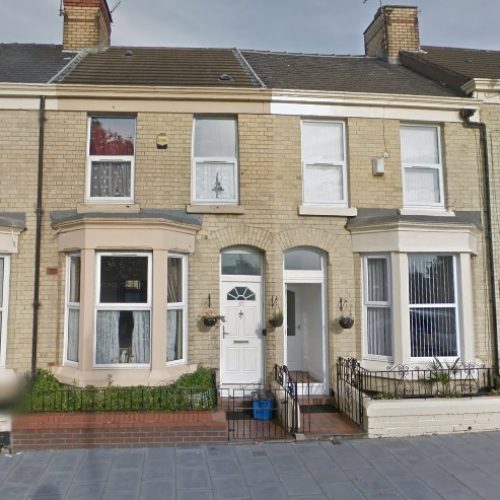MiniMos, or small HMOs are normally 3 or 4 bedroom HMOs. They are sometimes often referred to as boutique HMOs. These are popular amongst Students and Professionals. Normally landlords convert standard 3 bedroom mid terrace houses in good locations in cities.

- 3 or 4 bed HMOs
- Boutique HMOs
- Small terraced houses
- No planning permission
- 1 or 2 shared bathrooms
- Popular with tenants
- Bricks & Mortar Valuations
Enquire Now
Configuration – as they are normally 3 or 4 bedrooms, they are normally compact by nature and fit a lot into a small area. It is therefore usual for there to be only 1 bathroom, sometimes 2, and maybe an additional toilet room somewhere, normally under the stairs. It is unlikely that there are any en-suites. The key to getting en-suites into these smaller houses is usually linked to the width of the building, where it must normally be more than 4.5m wide. In 4 bed HMOs, there are normally 3 bedrooms upstairs and a fourth bedroom utilising the front room on the ground floor.
4 bed HMOs are normally highly attractive to tenants because of the lower number of tenants, however because they are so compact it is important that the room sizes are big enough to meet the tenant demand. Sometimes the third bedroom at the rear of the property is a typical single room and in today’s market can be very difficult to rent.
Investment management – these HMOs can be energy efficient because of low cost to heat and light in communal spaces light hall stairs and landings. However certain fixed costs like water bills and broadband are the same for a 4 bed as they are for a 10 bed. Therefore, managing rental values is critical to make it an effective investment. Having one room continually void will normally cut out most of the monthly profit and can therefore be more prudent to convert back to a BTL investment.
Licencing – these do not require a licence to operate from the Council as a rule, however some Councils have a selective Licencing scheme in place which means any property used for residential use must obtain a licence before it can be tenanted.
Planning – these do not need permission to convert the use to a house share. However, if you are in a conservation area then you will need permission to make any external alterations. Some councils have Article 4 restrictions in place which bans HMO conversions of any size and requires planning
permission. Even submitting a planning application is likely to be rejected as the reason for the Article 4 directive is to stop the supply of HMOs.
Property Valuations – The banks normally value these on bricks and mortar valuations due to the fact that the house can still be easily used as a rental house. However, lenders will want to know that it is being used as an HMO and unfortunately they therefore charge a higher rate on the mortgage.
